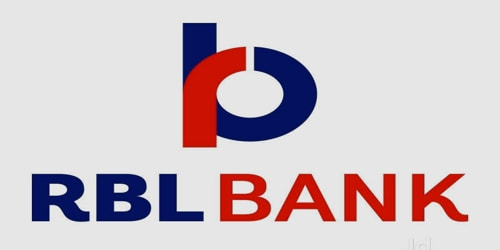Many inventions appear to have been created at the wrong time – the tin opener, for example, was created about 50 years after the tin. The-@ symbol was established over five centuries before the concept of tagging a celebrity you don’t like and informing them they’re a jerk. Yes, the most commonly associated symbol with email was first used, as far as we know, in 1536, with others claiming it dates back even farther to the 6th or 7th Century.
Rather than being used to tag Henry VIII in a particularly damning thread about the last beheading, the symbol was first used to mean “price per unit” or in the same way we use it now. According to one theory, indolent monks devised the emblem in the 6th or 7th centuries. The story goes that the monks looked for shortcuts while copying endless manuscripts by hand. The Latin word for “toward” or “at” (ad) was condensed into an “a,” with the extended rear half of the “d” functioning as the tail (@).
Another idea claims that it was initially used by French scribes, who swapped the French word for “at” (à) to save time and effort. The scribes would finish the “a” by sweeping it up to form the “à,” ending in the “@” symbol, rather than taking their pen off the page. In either case, the sign stands for “at,” exactly as it does today.
Another theory is supported by the symbol’s first reported use. The symbol was employed as shorthand for “each at” pertaining to a trade (e.g. 14 lemons @ $10) in a letter sent by merchant Francesco Lapi in Florentine in 1536, mushing and the e together. This method of employing the sign eventually fell out of favor, but the-@ button was revived in 1971 thanks to computer scientist Ray Tomlinson.
Tomlinson was tasked with devising a method of sending mail between computers connected to the Arpanet system, which served as the forerunner to the Internet. In order to solve the problem, he realized that each user on the system would require an address that included their name and the computer’s name.
He wanted a symbol that wasn’t commonly used in operating systems to differentiate the two portions of the address. “I was basically looking for a sign that wasn’t used often,” he said of his decision to use the-@ symbol to Smithsonian. “There weren’t many possibilities — an exclamation point or a comma, for example.” I could have used an equal sign, but that would have been counterproductive.”















